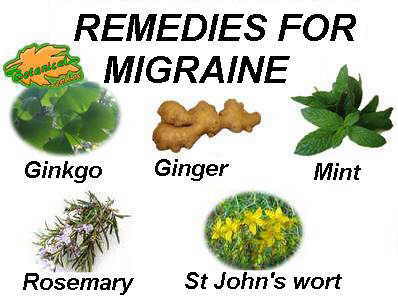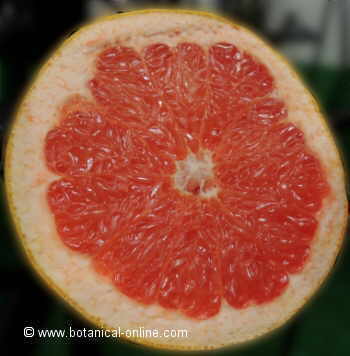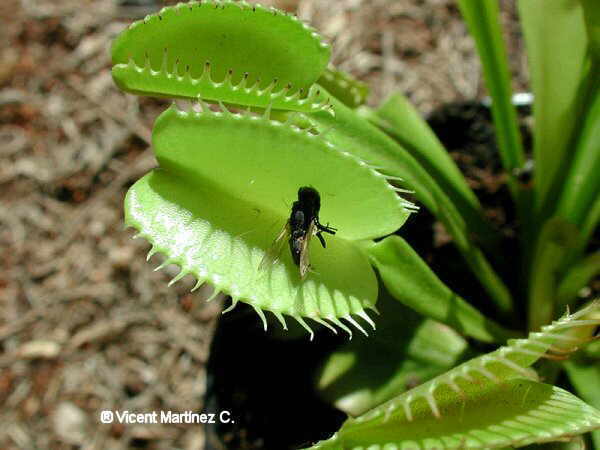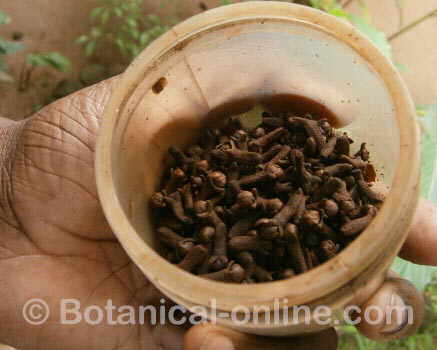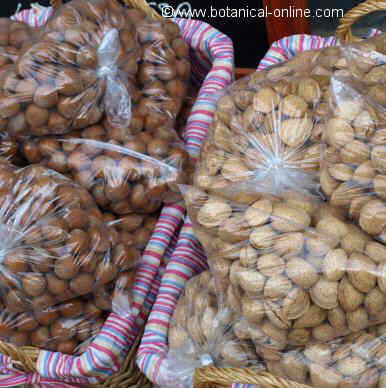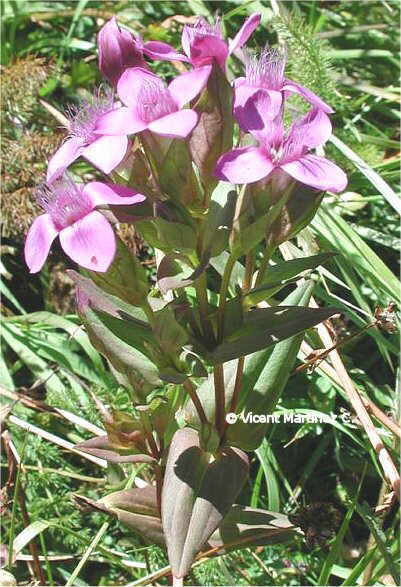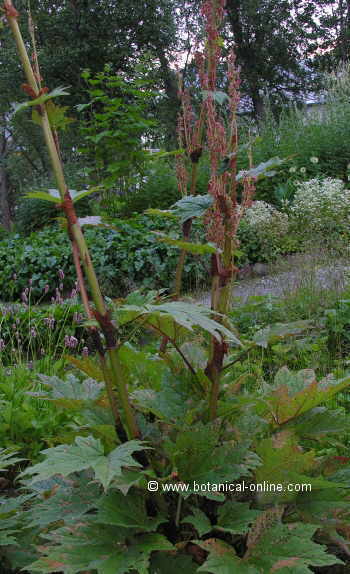Contents
- 1 Substances that cause indigestion in poorly cooked or prepared cereals and seeds
- 1.1 ANTINUTRIENTS OF CEREALS, DRIED FRUIT AND SEEDS
- 1.2 What are cereal antinutrients?
- 1.3 What role antinutrients have in cereals and seeds?
- 1.4 What grains do contain antinutrients?
- 1.5 Are grain antinutrients a problem?
- 1.6 What anti-nutrients do grains and seeds have?
- 1.7 TYPES OF ANTINUTRIENTS OF CEREALS AND GRAINS
- 1.8 Whole grain phytates
- 1.9 Are phytates harmful?
- 1.10 Oxalates of legumes
- 1.11 Inhibitors of digestive enzymes
- 1.12 Saponins of quinoa
- 1.13 Aflatoxins in cereals
- 1.14 Do cereals and nuts have many aflatoxins?
Substances that cause indigestion in poorly cooked or prepared cereals and seeds
ANTINUTRIENTS OF CEREALS, DRIED FRUIT AND SEEDS
What are cereal antinutrients?
Cereals and nuts are very energetic, healthy and nutritious seeds, due to their content in carbohydrates, proteins, fiber, vitamins and minerals. But in addition, these foods also contain substances called antinutrients.
Antinutrients are substances that, as its name implies, prevent the assimilation of nutrients and, therefore, diminish the digestibility of proteins, carbohydrates, minerals and / or vitamins that contain these foods.
Therefore, cereals and grains must be properly prepared so that their nutrients can be properly assimilated and their antinutrients eliminated.
What role antinutrients have in cereals and seeds?
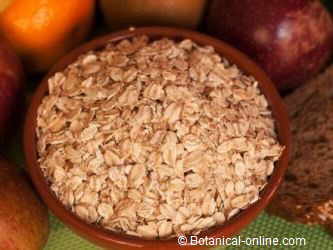
Plants accumulate substances in their seeds to protect them from predators and thus ensure the survival of the species.
Many antinutrients have the ability to prevent the digestion of seeds, thus, when consumed by animals, they can not be digested.
What grains do contain antinutrients?
Within the antinutrients are classified very diverse substances. In general, it could be said that the only grains containing antinutrients are those that are consumed whole, that is, with their fiber or external shell.
For example: legumes, brown rice, oat flakes, walnuts, sesame, almonds, etc.
Are grain antinutrients a problem?
Most antinutrients disappear after soaking and cooking whole grains and nuts (when toasted). For this reason, we can digest them and obtain the numerous nutrients that these foods have.
What anti-nutrients do grains and seeds have?
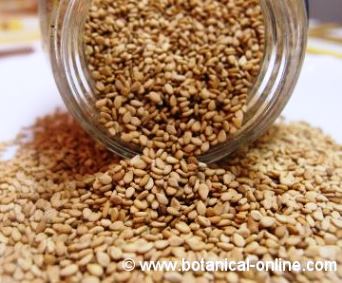
Each type of grain has a slightly different antinutrient content:
- Whole grains (understood as cereal plants of the Graminean botanical family), such as oats, brown rice, millet, rye or whole grain breads. They mainly contain phytates, enzyme inhibitors and oxalates. Within whole grains, sorghum is very rich in tannins.
- Dried fruits and oilseeds: they contain phytates and some of them, also oxalates.
- Buckwheat: it is a pseudocereal (because it is used just like cereals in food) very rich in oxalates.
- Quinoa: It is a pseudocereal that contains much saponines (foaming substances that remains in the water of cooking), and oxalates.
- Amaranth: it is another type of pseudocereal, it contains oxalates, although in smaller amount than those mentioned previously.
TYPES OF ANTINUTRIENTS OF CEREALS AND GRAINS
Whole grain phytates
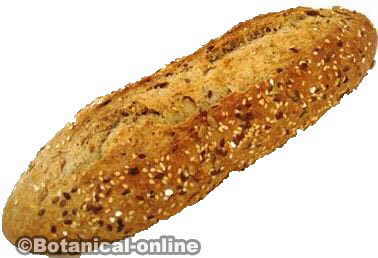
Phytates are the antinutrients that are most related to whole grains and their derivatives, such as whole wheat bread or wheat or oat bran. These components have the ability to sequester minerals (especially zinc and iron), preventing their assimilation and acting as thieves of minerals.
Are phytates harmful?
It was formerly thought that phytates were harmful because of their anti-nutritive capacity, but later, it has been found that these substances can be converted into inositol, a beneficial substance previously considered within the B vitamins.
Therefore, phytates are not exactly harmful components, but, properly treated, allow to increase the nutritive value of the grains.
To convert phytates into nutrients, it is required a special soak, typically called seed-activating, which destroys their anti-nutritive capacity and improves the properties of these nutrients. Unfortunately, during the refinement of cereals and flours, the inositol content of food is lost.
* More information: Whole grain phytates
Oxalates of legumes
Oxalates are components of some grains such as nuts, buckwheat, quinoa and amaranth, although they are not found in cereal grains. These components are also found in other seeds and vegetables, such as beets, spinach, chard, sesame, pure cocoa or even coffee.
Oxalates combine with calcium and iron, preventing the absorption of these minerals. They can also produce stones in the kidneys to people with a tendency to suffer them.
Inhibitors of digestive enzymes
Enzyme inhibitors are substances that prevent the absorption of nutrients such as proteins, because they block the enzymes responsible for metabolizing them.
Corn, wheat, sorghum, rye and brown rice contain antitrypsin, a substance that inhibits the enzyme trypsin (responsible for digesting proteins). Generally these components do not imply a nutritional problem because, due to their protein nature, they are eliminated during the cooking of foods.
Saponins of quinoa
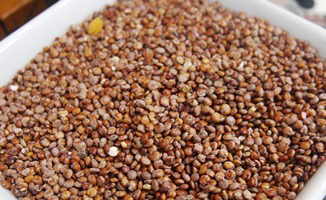
Saponins are bitter substances found mainly in the outer skin of grains, such as quinoa or soybean, in the form of a resinous layer. Cereals and nuts do not contain practically saponins.
In the body, saponins can drag different nutrients, such as cholesterol, and prevent its absorption. But certain saponins can cause damage to intestinal cells. To eliminate them it is advisable to pass the grains by abundant water and to rub, until eliminating all the saponins.
Aflatoxins in cereals
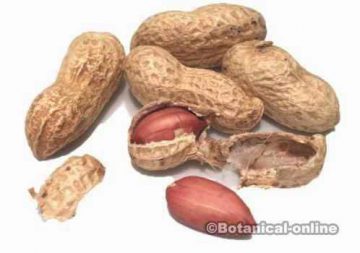
Although aflatoxins are not antinutrient components, they deserve mention because they are other problematic components that may have grains, cereals, legumes and nuts. Unlike antinutrients, aflatoxins are not produced by the plant, but are contaminants of the food during storage.
Do cereals and nuts have many aflatoxins?
Nuts, mainly pistachios and peanuts (peanuts), contain many aflatoxins.
Cereals do not have many aflatoxins, but if kept in inadequate conditions, they can be an important source of these toxins.
* Related information: Food rich in aflatoxins
![]() More information on oats.
More information on oats.

